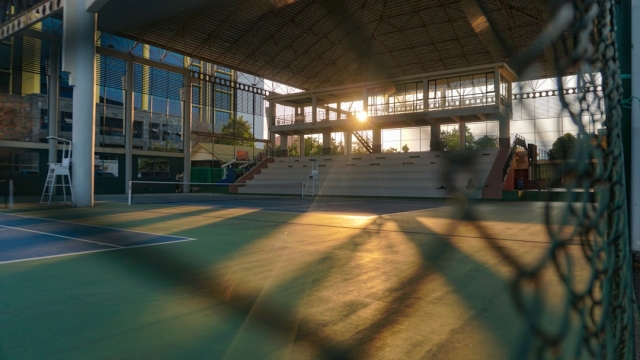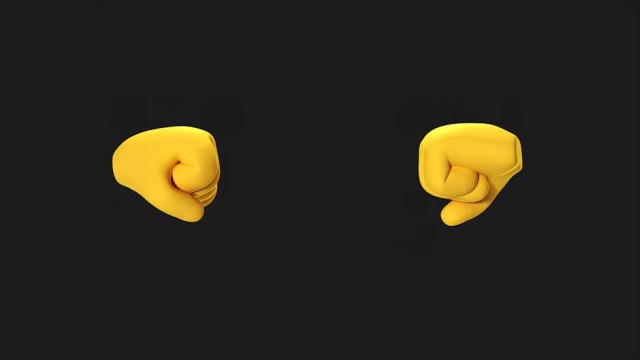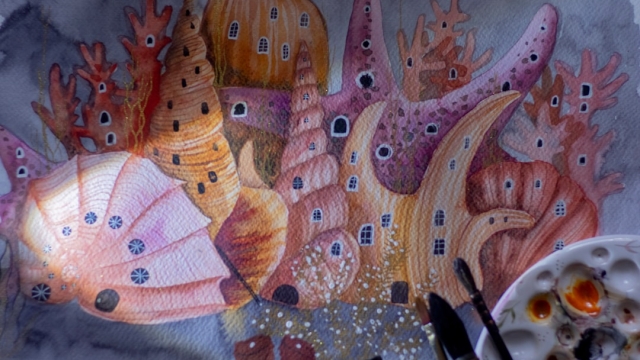Key Elements of Padel Court Design Padel dynamic
Padel is a dynamic racquet sport that has seen a remarkable surge in popularity around the globe. Combining elements of tennis and squash, it is played on an enclosed court, making it accessible for players of all skill levels. As the sport continues to grow, so does the demand for well-designed facilities. Understanding the fundamentals of padel court architecture is essential for those looking to construct quality courts that meet the needs of players and comply with relevant standards.
Key Elements of Padel Court Design
When embarking on a padel court project, several key design elements must be considered to ensure functionality and player satisfaction.
Dimensions
The standard dimensions for a padel court are 20 meters long and 10 meters wide, with a height of at least 3 meters to accommodate the gameplay. Proper spacing and layout are crucial, as they influence both player movement and game dynamics.
Surface Materials
The choice of surface material is another critical aspect of padel court architecture. Options typically include artificial grass, which is popular for its traction and comfort, or concrete, which offers durability. Each material has its benefits and drawbacks, affecting player experience and maintenance requirements.
Lighting
Lighting is vital for indoor and outdoor courts. An effective lighting design enhances visibility and allows for extended playtime, especially during evenings. It is essential to ensure that the lighting is evenly distributed to minimize shadows and glare.
Materials and Construction Methods for Padel Courts
The construction of a padel court involves various materials and methods, each with its own advantages and disadvantages.
Common Materials
– Glass: Often used for the walls of the court, glass provides visibility for spectators while maintaining the enclosed nature of the game. However, it can be prone to damage and requires careful installation. – Steel: Used for the frame and supporting structures, steel is strong and durable, making it a popular choice. It can withstand the wear and tear associated with regular play. – Artificial Turf: This is often chosen for the court surface, as it mimics the feel of natural grass while providing consistent performance.
Construction Methods
Construction methods may vary, but several approaches are commonly adopted:
1. Prefabricated Systems: These systems allow for quick installation and can be customized to suit different site conditions. They often come with all necessary components, simplifying the construction process. 2. Traditional Build: This method involves building the court from the ground up, allowing for more customization. However, it may take longer and require a higher level of expertise. 3. Hybrid Approaches: Combining different materials and methods can lead to innovative designs that enhance the court’s functionality and aesthetic appeal.
| Material | Pros | Cons |
|---|---|---|
| Glass | High visibility, aesthetic appeal | Fragile, requires careful maintenance |
| Steel | Durable, strong | Can be heavy, may rust without treatment |
| Artificial Turf | Consistent play, easy to maintain | Can get hot in direct sunlight, may require replacement over time |
Regulatory Considerations and Standards for Padel Court Architecture
Compliance with local regulations is crucial in padel court architecture. These regulations may cover safety standards, accessibility, and environmental considerations. Ensuring adherence to these guidelines not only enhances the safety of the facility but also promotes its longevity and community acceptance.
Best Practices for Compliance
– Consult Local Authorities: Before starting any construction project, it is important to consult local regulations and obtain the necessary permits. – Consider Accessibility: Designing courts with accessibility in mind allows for broader participation, ensuring that all individuals, regardless of physical ability, can enjoy the game. – Sustainability: Incorporating sustainable practices, such as energy-efficient lighting and environmentally friendly materials, can reduce the environmental impact of the court.
Future Trends in Padel Court Architecture
As interest in padel continues to grow, several trends are emerging in court design and architecture. Innovations may include the use of eco-friendly materials, modular court designs that can be easily relocated, and advanced lighting options that enhance the playing experience. Keeping an eye on these evolving trends can help stakeholders stay ahead of the curve in padel court architecture. In conclusion, understanding the various aspects of padel court architecture—from key design elements and construction methods to regulatory considerations—will equip those interested in creating high-quality facilities. With thoughtful planning, the future of padel courts can be bright and inviting for players of all levels. For more information on this topic, you can explore resources related to padel court architecture at [Mondo Padel](http://www.mondopadel.com).



